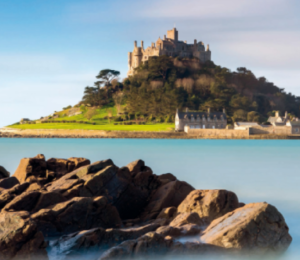Edward VI was a palefaced, sickly child. Just nine years old when declared king in 1547, he would be a puppet of powerful courtiers and die, aged 15, in the summer of 1553. His six-year kingship is a near-forgotten interlude between the rule of his larger-than-life father, Henry VIII, and the reigns of his wilful half-sisters, ‘Bloody’ Mary and ‘Gloriana’ Elizabeth I. At least, that has been the conventional view of the young king. Recent reappraisals, however, paint a far more intriguing picture of a surprisingly athletic, intellectually precocious chip off the old Henrician block whose reign, though short, was still of considerable consequence.
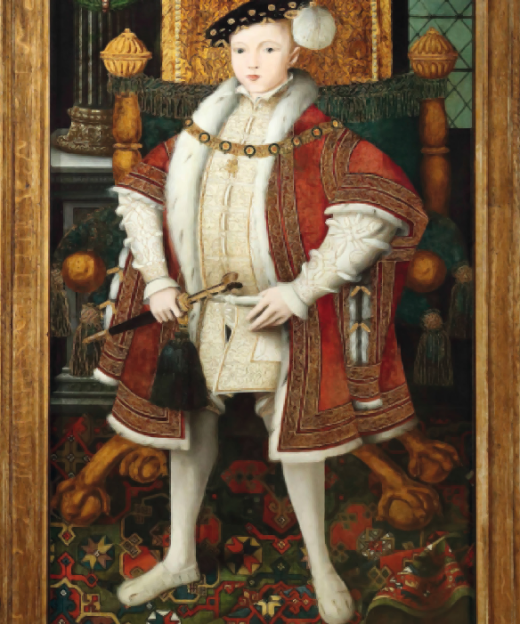
Henry wept tears of joy at the birth in 1537 of his desperately longed-for male heir. The Tudor dynasty now seemed secure and the “whole realm’s most precious jewel” was cosseted within his own protective mini court. A 1538 portrait by Hans Holbein the Younger shows a blonde, chubby-faced prince wielding a rattle like a sceptre, a child “in good health and merry”. Edward’s half-sister Mary, 21 when he was born, doted on him and he shared tutors with his other half-sister, Elizabeth, four years his senior. He never knew his mother, Jane Seymour, who died shortly after his birth, but he enjoyed the attentive warmth of his third stepmother – Henry’s sixth wife, Katherine Parr – who took care to draw the three half-siblings into a united royal family.
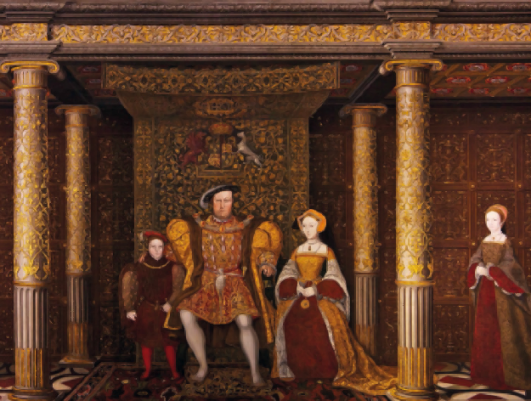
Edward’s grooming to be a future king began in earnest from his sixth birthday. Taught by leading scholars of the time, he received a classical and humanist education, winning praise for his “towardness [precocity] in learning, godliness, gentleness and all honest qualities.” In religion he was strongly influenced by Protestant reformists like Thomas Cranmer, Archbishop of Canterbury. Meanwhile Henry ensured his son complemented book learning with manly pursuits of fencing, archery, and horse riding, and he indulged him with lavish gifts, including a troupe of minstrels for his personal entertainment. The downside was that Edward was spoiled and (like father, like son) displayed a vicious temper when crossed.
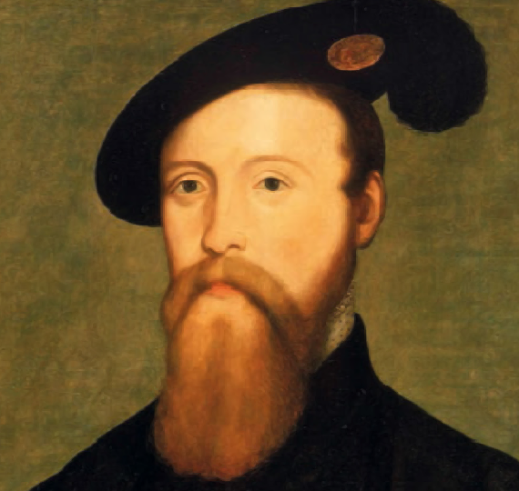
Following Henry’s death and Edward’s coronation in 1547, the boy king’s education continued alongside growing public duties, with one envoy who met him remarking that it was impossible “to imagine a more beautiful face and figure, set off by the brilliance of jewels and robes.” Political matchmaking heated up, and when ‘Rough Wooing’ invasion tactics in Scotland failed to enforce a marriage treaty between Edward and the infant Mary, Queen of Scots, the eligible young king was betrothed to Elizabeth, daughter of Henry II of France.
For all Edward’s precocity, he was still a minor, his authority circumscribed by a regency council until he reached maturity. His power-hungry uncle, Edward Seymour, Duke of Somerset, became Lord Protector and Governor of the King’s Person, stirring bitter jealousies among rivals. Somerset’s own brother Thomas tried to undermine him, wheedling his way into the king’s company with bribes of ‘pocket money’, but he ended up on the executioner’s block. Somerset, too, had his comeuppance for his arrogant ways when another councillor, John Dudley (later Duke of Northumberland), got him executed on trumped-up charges of treason in January 1552.

What did young King Edward make of it all? A note about his uncle’s fate in his Chronicle – a diary of his life and public events that Edward had kept since the age of nine or 10 – is rather chilling in its matter-of-factness: “The Duke of Somerset had his head cut off upon Tower Hill between eight and nine o’clock in the morning.”
Elsewhere in Edward’s Chronicle we glimpse a boy’s enthusiasm for fiery naval displays, while courtly accounts reveal an enjoyment of revels and musical entertainments. Yet it is clear he was also increasingly impatient to take charge: when the Lord Chancellor declined to accept a royal order because not all councillors had counter-signed the document, the 14-year-old King Edward hotly retorted, “the number of our counsellors or any part of them maketh not our authority.”
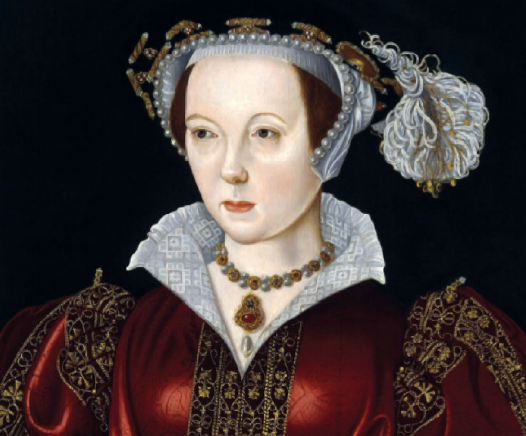
In the wider kingdom, trouble was brewing too. Tensions between Somerset and Dudley could easily have led to civil war; grievances over the enclosure of common lands provoked public rebellion; and there were risings by Roman Catholics against increasingly stringent Protestant reforms. Henry VIII may have ended the Pope’s ecclesiastical supremacy in England, but many Catholic observances had been allowed to continue; under Edward such ‘idolatrous’ rituals were banned. Two Protestant common prayer books were introduced, English was to replace Latin in church services and the Roman Catholic mass was made illegal.
Edward even tearfully forbade his staunchly Catholic half-sister Mary to celebrate mass in public lest “her example breed too much inconvenience”. Courtly life nevertheless continued, including exuberant New Year celebrations in January 1553. Then, suddenly, the mood changed. Edward caught a cold that turned to a fever, and by May he was coughing up gruesome, greenish-yellow, and black sputum. Alarm rose as his inner circle realised he was dying (probably of tuberculosis).
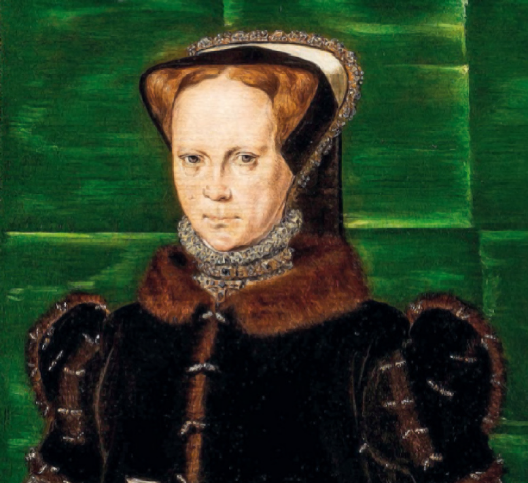
It was a shockingly swift and agonising decline yet Edward, still only 15, mustered the will to draw up ‘My Device for the Succession’. Overturning his late father’s wishes and indeed the law, he set aside his ‘bastard’ sisters (Catholic) Mary and Elizabeth from inheriting the Crown and named as his heir his impeccably Protestant and legitimately born cousin, Lady Jane Grey – who was coincidentally married to the son of John Dudley. How much had the latter guided the royal hand? What is certain is that Edward was determined England should continue its Protestant path.
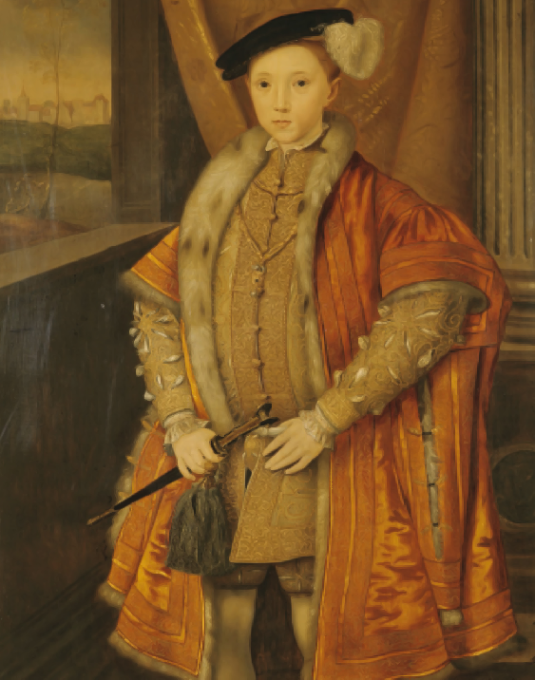
After Edward’s death in July 1553, a power struggle erupted as Queen Jane was ousted by Catholic Mary, before Protestantism prevailed under Queen Elizabeth I. The boy king’s reign had made its mark, laying foundations of the modern Church of England still with us to this day. Had he lived longer, his zealous nature suggests he would have wielded power strongly – perhaps even more so than his father.

